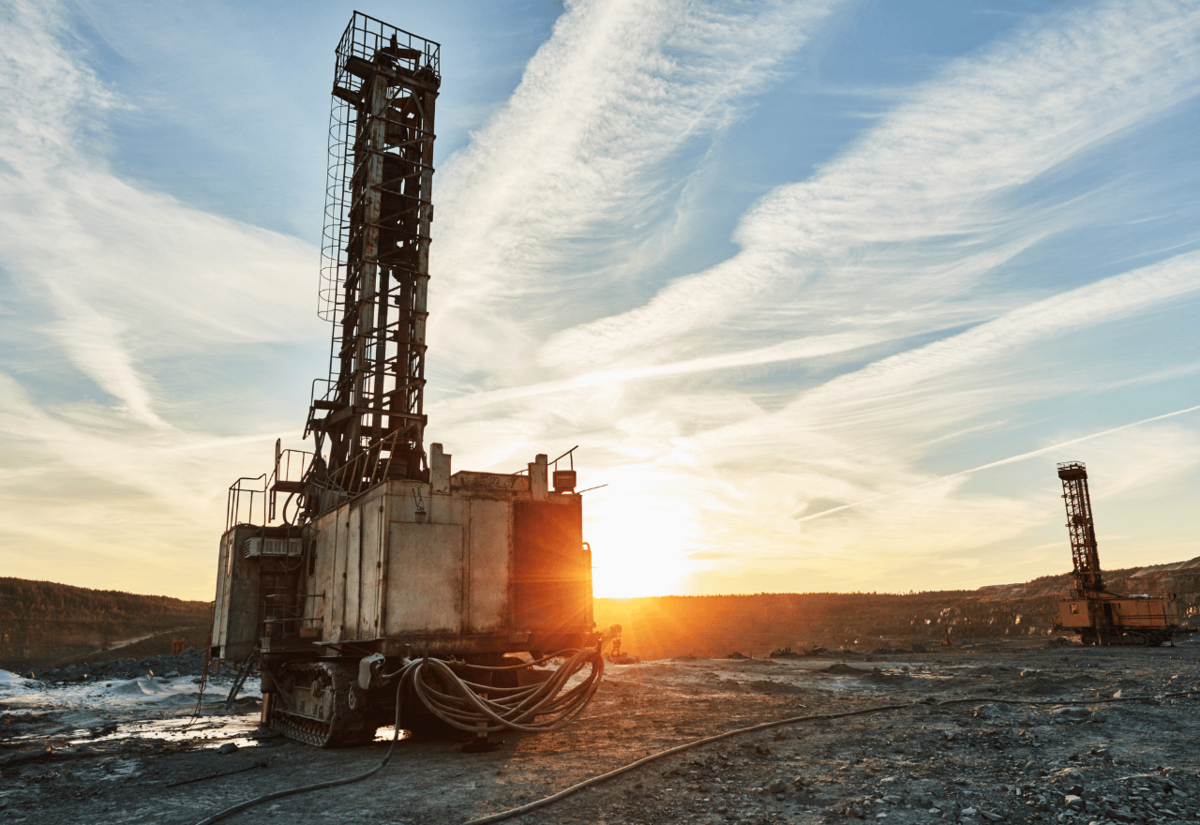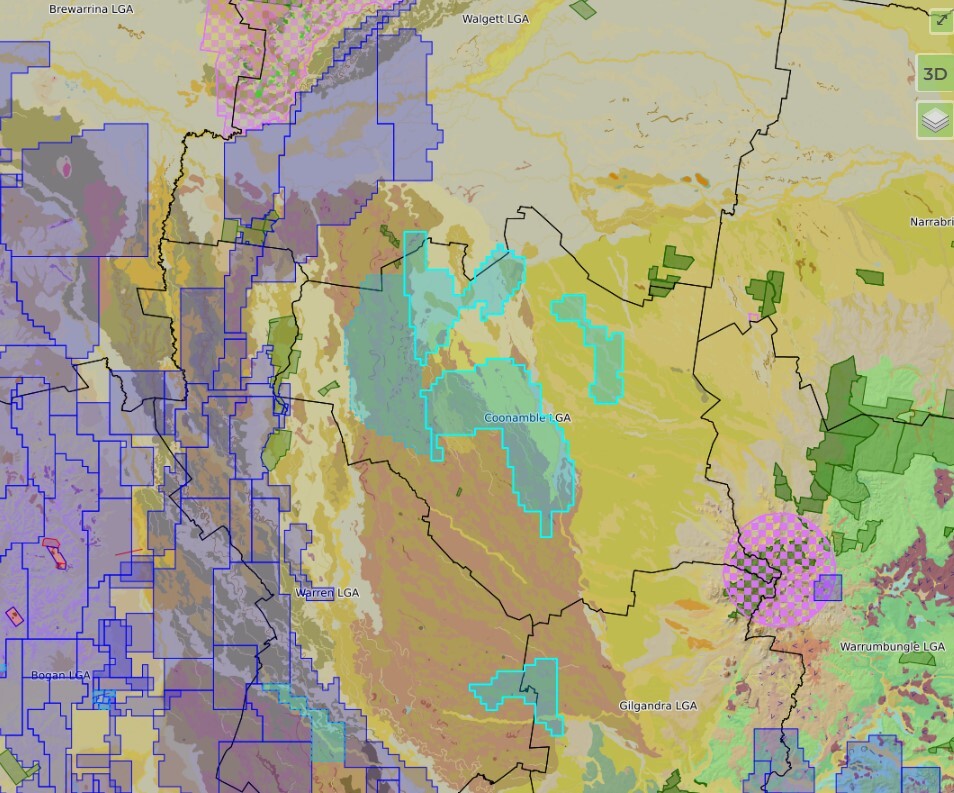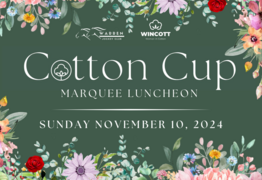Minerals exploration moves east
Coonamble Times
06 November 2024, 8:20 PM

Apart from blue metal quarries and some sand removal from the Castlereagh River, the Coonamble district has been in something of a bubble when it comes to extractive industries.
However, this could be set to change as higher commodity prices and new technology make what were previously marginal mineral deposits potentially more viable.
Canadian-owned exploration company Australian Consolidated Gold Holdings Ltd (ACGH) recently lodged applications for two mining exploration licences for areas within the Coonamble Shire, covering a total 3147 square kilometres.
ACGH's parent company Inflection Resources has been increasingly active in areas further west, along a section of what is known as the Macquarie Arc, with a focus on a run from Walgett through Nyngan to the Tottenham area.
Most recently, and controversially, ACGH applied for and was initially granted approval for two Exploration Licences to drill test holes in an area of the Macquarie Marshes.
The licences were granted in April and following an outcry from Marsh landholders, scientists and environmentalists, were then revoked by the NSW Resources Regulator in July - a decision the company is disputing.
Now, whatever is under the cropping and grazing country around Coonamble - and the township itself - is the subject of Exploration Licence Applications (ELAs) to the NSW department of Primary Industries & Regional submitted on 20 September 2024.
If approved, ACGH would be granted exclusive rights to explore for a specific minerals within the designated areas.
While ACGH and Inflection Resources are copper-gold exploration specialists, their applications cover 39 different Group 1 minerals including lithium and what is known as 'rare earth minerals'.
Licenses are typically granted and renewed for periods of up to 6 years.

A map showing the Exploration Licence Application areas within Coonamble Shire (in aqua) submitted by Australian Consolidated Gold Holdings in September. Purple units are approved Minerals Exploration Licences while green are National Park lands. SOURCE: Minview.geoscience.gov.au
According to the NSW Resources Regulator, an EL 'does not permit mining, nor does it guarantee that a mining lease will be granted.'
An explorer who has an approved licence or lease is then required to obtain all the relevant planning and environmental approvals and can only access land for exploration after successfully negotiating an access arrangement with the relevant landholder.
Landholders may include private owners or leaseholders, Native title holders and those who lease or control portions of Crown Land within the approved area.
While the region has been the subject of multiple magnetic resonance imaging surveys as far back as thirty years ago, and petroleum exploration licences and even coal seam methane assessments have covered the district in the past, minerals exploration has been rare.
Retired Coonamble-based mining consultant Jeremy Borowski says that while he hasn't seen exploration of this type around Coonamble previously, he is "not particularly surprised" as companies are continually working to find "a bankable resource".
He emphasises that gold or copper extraction poses far fewer risks and disruptions to both the environment and agricultural operations than coal seam gas or coal mining.
This is particularly the case in areas like those being applied for around Coonamble.
While open cut mining is undertaken when minerals are more easily accessible, underground extraction operations are used where the target is up to several hundred metres below the surface.
"If the deposits were close to the surface you'd think we'd know by now," he said. "If it's deep underground, they would have to find something pretty significant to make it worth mining."
WHAT'S ON



